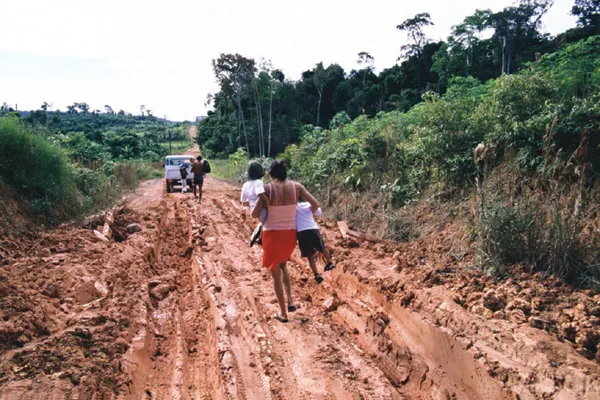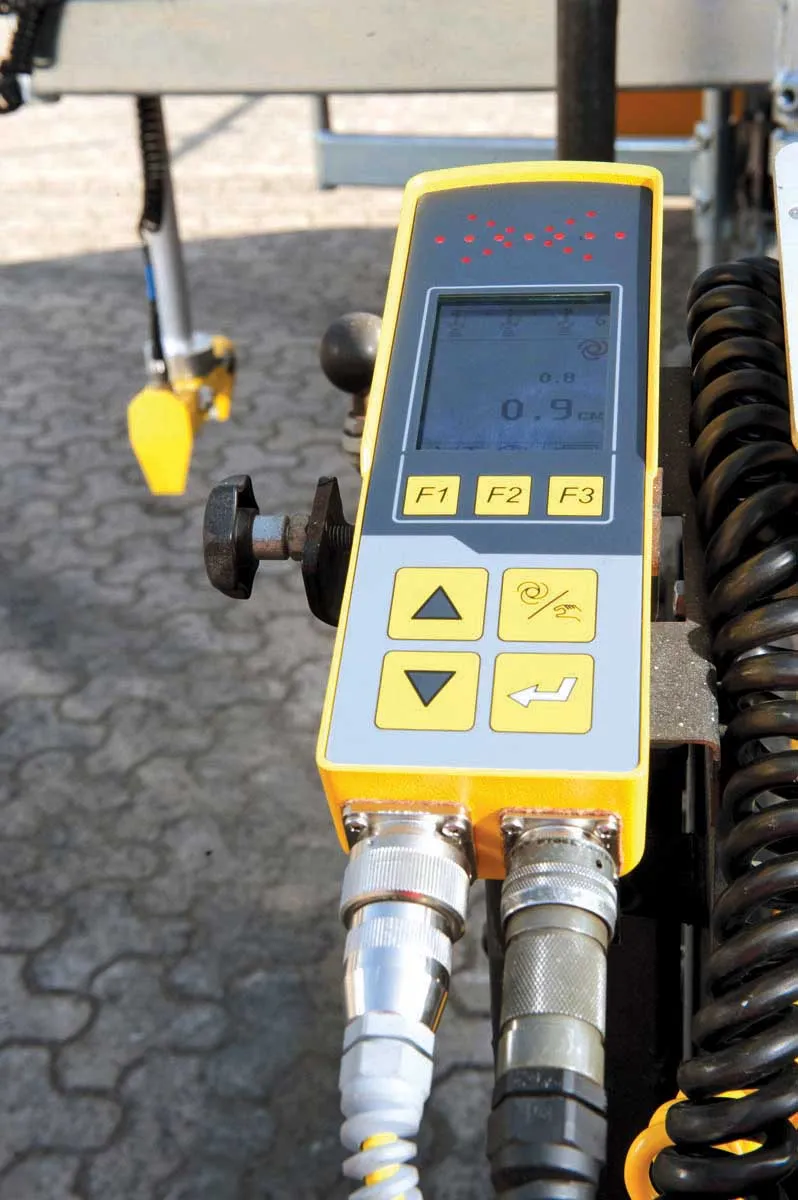
In the road maintenance industry, clearing roadways of snow and ice to ensure public safety is the highest priority.
Every winter, thousands of drivers and passengers are injured in accidents while traveling slushy, snowy or icy roads — and this season will likely be no exception. During the winter months, ice, sleet and snow present challenges to transportation organisations that must act quickly and decisively to keep roads safe and clear.
That’s why it’s crucial that road authority decision-makers are equipped with the right tools to take timely action aimed at keeping communities safe while reducing the high costs of winter road maintenance.
Path of the storm
When planning maintenance around a winter weather event, authorities responsible for road maintenance need to consider a multitude of factors to effectively clear roads and protect drivers and passengers from hazardous conditions.
First and foremost, when your community is in the path of a winter storm, it’s crucial to know what kind of storm is coming and how long it will last. Additionally, understanding the type of conditions witnessed throughout the event and how surface temperatures will act before, during and after is critical to decide the optimal approach for mitigating the event’s impact.
With this information, decision-makers can choose when and where to deploy fleets and the correct maintenance actions to take. Plus, knowledge of the materials on hand, the amount available and how effective they will be given the conditions predicted helps decision-makers prioritize treatments. This information also enables road authorities to make the most effective use of mate-rials and efficiently plan to minimise resources that negatively impact the environment, ultimately optimizing resources to save time and money.
For example, in some northern European countries, snow permanently covers roads for months on end and studded tyres are allowed on vehicles. But in southern countries the greatest challenge is often marginal conditions when temperatures are just above or just below freezing. Here, the focus is on preventative treatment. These differences impact material usage. Consequently, some Nordic countries attempt to minimise the latency with which they can react, while southern countries might go out and preemptively treat roads that could freeze the following night.
Proactive with big data
As winter road instrumentation has evolved into comprehensive high-tech weather tools that al-low for both nowcasting and forecasting, many authorities are able to take a proactive approach to make roads safer more quickly and meet public expectations. But with a large amount of data coming in from radars, mobile sensors, internet of things (IoT) sensors, road weather information systems and environmental sensor stations — and very little time to analyse it — decision-makers need tools to help predict the next move a storm will make. Enter automation and machine learning.
Through a combination of automation and machine learning, new tools ingest measurements and forecasts and automatically convert that information into actionable insights. These advanced high-technology products now incorporate road weather information and other inputs in one cloud-based interface, which helps in making timely, targeted decisions. Combining these tools with clear visualization reduces complexity and the need for human interpretation, ultimately simplifying decision-making.
Benefits
Incorporating automation into winter road data analysis allows authorities around the world to get vital, actionable information that enables decision-makers to quickly take effective action to reduce the travel impact of a winter weather event.
Due to the rising popularity of social media platforms, people increasingly expect almost immediate relevant news updates — and weather information is no different. Plus, these platforms can be used as a forum for public complaints, putting further pressure on road authorities. Leveraging automation and machine learning to take quick action and mitigate problem locations will help meet the ever-demanding public expectations and keep communities better informed and there-fore safer.
When it comes to winter maintenance, better decisions can save lives. Because understanding the impact of weather on road networks is critical for maintaining safety and mobility, cutting-edge analytics tools leveraging real-time weather observations and forecasts in one inter-face empower decision-makers to stay ahead of weather changes and make accurate decisions on when — and how — to keep roads safer.
*Samu Karanko is the head of science for Vaisala Digital in Europe. Previous to Vaisala, Karanko he was chief scientist at Foreca and has been in-volved in national road weather service initiatives in Finland, New Zealand and Sweden during his 20 years in the sector.








